Making Tax Digital: your essential FAQs answered
15th May 2025By David Crowter, Partner, Carpenter Box.
Making Tax Digital (MTD) is transforming the way businesses and individuals manage their tax obligations. With MTD now a legal requirement for many taxpayers, it’s crucial to understand how the system works, who is affected, and what steps you need to take to stay compliant. Here, we answer some of the most frequently asked questions about MTD.
What is Making Tax Digital?
Making Tax Digital is a UK government initiative designed to modernise the tax system by promoting better and timely record-keeping to reduce errors. It operates on a modern HMRC IT platform to improve security and digital services.
MTD has three key components: digital records, quarterly updates and a year-end declaration.
The MTD program was first announced in 2015. MTD for VAT was fully implemented in 2022. Making Tax Digital for Income Tax Self Assessment (MTD for ITSA) has experienced a number of deferrals but is due to start from April 2026, according to the latest HMRC guidance.
Will the tax payment deadlines change?
The payment dates for tax will remain the same i.e. by 31 January following the end of each tax year, with payments on account payable for the following year by 31 January and 31 July where relevant.
You still need to complete an end of year tax return to HMRC by 31 January each year.
Who will be affected?
MTD will apply to self-employed individuals and landlords with rental and/or self-employment income above £50,000 from April 2026 and £30,000 from April 2027.
The threshold is based on your most recent tax return filed. Your 2024/25 tax return (due by 31 January 2026) will determine whether you will have to join MTD from April 2026. If you hold property jointly it is only your share of the gross rents which is considered.
Who is excluded or exempt?
MTD does not apply to:
• Individuals with income below the thresholds;
• Limited companies and partnerships (roll out expected but no timescales have been proposed);
• Individual partners (unless they have other qualifying income);
• Individuals without a National Insurance number;
• Trustees, personal representatives, foster carers and non-resident companies.
The above exemptions apply automatically.
You can also apply to HMRC for exemption if:
• Digital tools are impractical due to age, disability, remote location, or religious beliefs;
• You’re in an insolvency procedure.
Which digital records must I keep?
You will have to keep digital records of the amount, category and date of income and expenses relating to your self-employment and/or property business in some form of software or on spreadsheets. The categories used will follow those on current Self-Assessment returns. Most software providers offer MTD-compatible options.
What are quarterly updates?
From your digital records, you will have to submit a summary of your business income and expenses every quarter.
The quarterly updates won’t be as detailed as the annual tax return. You won’t need to make accounting or tax adjustments, unless you choose to, and you only need to include details relating to your self-employment and/or property business.
The default quarterly updates operate cumulatively and will be based on the dates of the tax year, regardless of the accounting period end of the business:
Alternatively, a ‘calendar quarters election’ will be possible, which is likely to be simpler for businesses which compile their accounts to a month-end date. The filing deadline does not change where a calendar quarters election is made.
A separate quarterly update will be needed for each trade or property business.
What are digital links?
All data transfers must be made digitally once business records are entered into software. Permitted digital transfer methods include emailing, importing data and use of memory sticks. Copying and pasting or manually retyping entries will not be allowed.
What if I don’t comply?
Penalties for late submissions will follow a points-based system, similar to the rules for VAT. To ‘reset’ the penalty position, the taxpayer will need a set period of compliance (4 quarterly updates, or 2 end of year returns) and to have submitted all returns required for the previous 24 months.
The existing Self-Assessment penalty regime continues to apply until you join MTD.
How can I prepare?
Making Tax Digital is a significant change to the UK tax system, but with the right tools and preparation, it can simplify tax compliance.
For further advice, contact a member of our award-winning* tax team on 01903 234094 or visit
*Carpenter Box was named national ‘Tax Team of the Year’ at the 2024 Accounting Excellence Awards.




